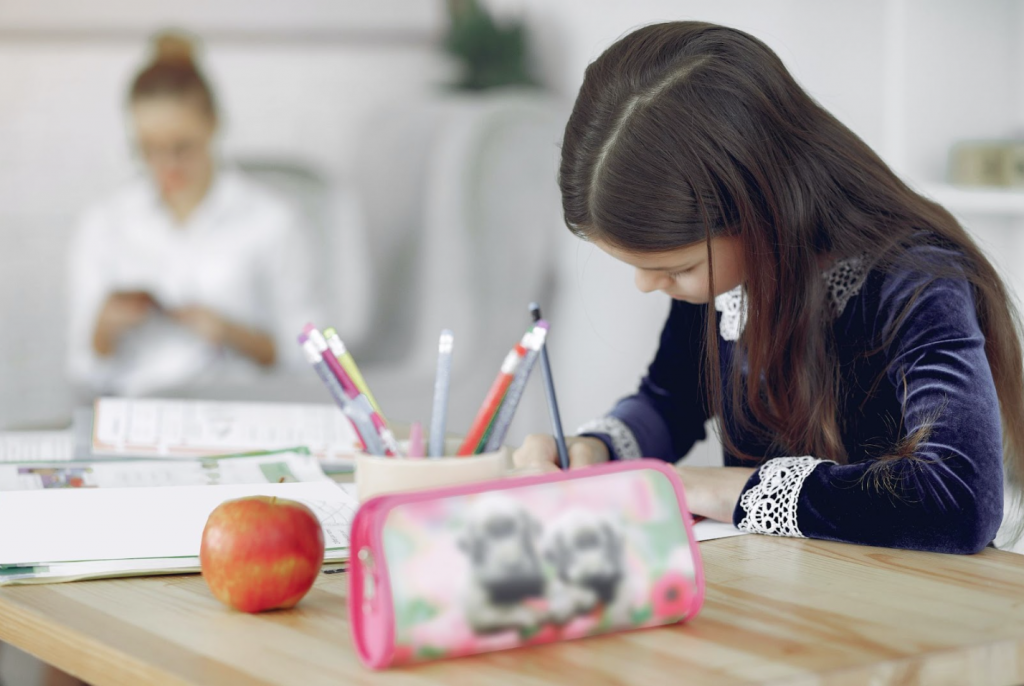Selecting the best primary school for your child is an incredibly personal and important decision. Whatever primary school you pick will often heavily influence what secondary school your child will attend, which accounts for a huge chunk of their childhood and adolescent years. This article will lay out all your options for primary schools in Hong Kong, including different kinds of schools (private, public, direct subsidy schemes and so on), curriculum, approaches, admissions, and more. Hopefully, this will help you make an informed decision for your child when it comes to choosing the best primary school in Hong Kong.
Types of primary schools in Hong Kong
Hong Kong is home to five main types of primary schools, and it’s best to know which ones you are aiming for before creating your list of target schools.
Government Schools
Government schools are run and funded by the Hong Kong government. They follow the local curriculum, which makes learning Chinese mandatory, and are highly regulated. However, they also offer free primary education to Hong Kong permanent residents.
Aided Schools
Aided schools are also funded by the government but are run by non-government organizations. They also receive additional funding from NGOs, religious groups or private foundations. Many of these schools have religious affiliations, but still follow the local curriculum. Moreover, they offer free primary education to Hong Kong permanent residents.
Direct Subsidy Scheme (DSS) Schools
DSS schools are partially funded by the government but they enjoy more autonomy in their curriculum, fee structure, and admission policies. They are free to charge tuition fees but offer a more flexible and diverse educational approach. Additionally, they frequently possess more resources and facilities compared to government schools.
Private Schools
Private schools operate independently and are funded through tuition fees and private sources. These schools commonly provide alternative education approaches such as international curricula that place more emphasis on the English language. Private schools have more freedom in terms of designing their curriculum, setting fee structures and admissions criteria.
International Schools
International schools in Hong Kong cater to students seeking international education. These schools follow international curricula such as the International Baccalaureate (IB), British curriculum (A-levels, IGCSE), or American curriculum. They have nearly complete autonomy and usually charge the highest tuition fees compared to the other types of schools.
Read more: Local vs International Schools – what’s the difference?
Things to consider when selecting a primary school in Hong Kong
When choosing a primary school in Hong Kong, you should consider these factors to ensure the best fit for your child’s needs.
Curriculum
Evaluate the curriculum offered by the school and determine whether or not it aligns with your educational preferences and goals for your child. Consider what languages you want your child to learn, whether you want a local curriculum, international curriculum, or a more specialized educational approach.
Language
While most, if not all primary schools, in Hong Kong boast bilingual or trilingual curriculum, they are not all made equal. For example, international schools will often have bilingual English and Chinese curriculum, however, students will most likely converse with each other in English, and in general the environment is more focused on English. The opposite tends to be true with local schools, but of course, you will need to evaluate each school individually to determine the nuances.
Teaching Approach
Look into the teaching methods and pedagogical approach employed by the school. Consider whether the school emphasizes traditional rote learning, inquiry-based learning, collaborative learning, project-based learning, or other teaching methods that suit your child’s learning style. Don’t confuse this with the curriculum – two schools can follow the same curriculum but use entirely different ways to implement and teach it.
School Rankings and Performance
While ranking isn’t everything, it can provide valuable insights into a school’s overall academic performance and reputation in the community. You can research this by looking at examination results and achievements in various subjects, talking to other parents and alumni, and looking at online resources like forums.
School Culture and Values
Take into consideration the school’s culture, especially among the students. Your child will spend the majority of their former years with their friends and teachers, and it’s important to know what kind of character development is happening at school. While this kind of information might be hard to find online, you can visit the school, talk to the teachers, and watch the students interact with one another. Then, you can evaluate if it aligns with your own values.
Admissions
Much like university, every school differs in their admissions requirements and processes. Admissions for government schools and aided schools fall under the “Primary One Admission System”, while other schools have independent admission processes. Get to know the entry requirements, application deadlines, and selection criteria of each school. Some schools may have specific admission preferences or priority for certain groups of students that you may or may not fall into.
Read more: How to create portfolio for primary school application: tips and examples
Location
Most primary schools in Hong Kong only have one main campus, which means there isn’t much flexibility location-wise. Consider the location if getting to school will present a challenge for you or your child.
Facilities and Resources
Assess the school’s facilities, including classrooms, libraries, laboratories, sports facilities, technological resources, and support resources (like a school counselor). Adequate facilities can enhance the learning experience and your child’s overall school life. The best way to do this is by visiting the school and having a look for yourself!
Class Size
Consider the class size and student to teacher ratio. A smaller ratio generally allows for more individual attention and personalized instruction, which is preferable. However, smaller class sizes may come with increased tuition fees.
Extracurricular Activities
Extracurricular activities are often overlooked in the school selection process. However, in reality, the availability of these activities such as sports, arts, clubs and so on contribute to a well-rounded educational experience. They also allow your child to explore their interests and talents, and are usually cheaper than finding outside classes. In many cases, they are also offered for free.
Tips for choosing a primary school for your child
When you have finally shortlisted your prospective schools, you can then dive deeper into each one to make the final decision.
Consider your child’s needs
Every child differs in personality, learning style, strengths and weaknesses, and interests. Finding a good fit means finding a school that can accommodate their needs. For example, if your child is a very active learner who loves to be hands-on, a school that uses a traditional rote-learning approach may not be the best fit for them.
Visit the school
No matter how much research you do online, visiting the school for a tour or during an open day will always give you a fresh perspective. You can even bring your child along to see what they think.
Talk to other parents
If you’re able to find some parents who already send their children to the school you are looking at, talking to them can be very helpful. Ask them for their honest opinions, what they see as pros and cons of the school, and any other useful information.
Conclusion
Choosing a primary school is a big decision that deserves your time and patience. Consider all the factors and narrow your list down to a few “reach” schools (difficult to get into but are your ideal choices) and “target” schools (more realistic to get into). If your child doesn’t get accepted to their “reach” schools on the first try, there is always a possibility of transferring in their later years. At the end of the day, what’s most important is that the school your child ends up attending is the right fit for them.


